Dog boredom vs anxiety
DOG BOREDOM VS ANXIETY
(from Victoria Stilwell’s “Positively” https://positively.com/dog-behavior/behavior-problems/separation-anxiety/dog-boredom-vs-anxiety/)
Many people return home after a day at work to a household of destruction and mayhem, and their first assumption is that their dog suffers from acute separation anxiety. Sometimes this can be the case, but in many cases, the dog has destroyed the house as a cure for another very common problem in the canine world: acute boredom.
Does My Dog Have Separation Anxiety or Is He Just Bored?
There are specific signs that tell an experienced positive dog trainer whether the dog is truly suffering from separation anxiety or is simply trying to cope with feeling really bored and unstimulated. The end result can look similar, but thankfully many cases of supposed separation anxiety are actually easy-to-rectify cases of a bored dog finding ways to fill his day.
The best way to find out whether constant barking or destruction is just boredom or true anxiety is to video your dog when he is alone. This is easily done by putting a camera on a tripod and focusing it on areas where the destruction is worst or by the door that is used most regularly to come and go. If the barking, whining and destruction is very severe particularly within the first 30 minutes of your departure, that is a good indicator that your dog is suffering some distress on separation. If however your dog goes to sleep after you leave and then wakes up and barks or chews, the behavior is more likely to be due to boredom.
Once you have determined the cause of the behavior and established that your dog is just bored, how do you keep him entertained? The world is full of unemployed dogs that engage in very little activity and spend most of their lives on the couch. Even though most domestic dogs do not work for humans as they once did, however, their lives can still be enriched with activities, games, and exercise to prevent boredom, anxiety, and behavioral issues.
10 Tips for Preventing Dog Boredom:
Stimulate your dog’s senses by allowing him to experience different environments each day. Taking your dog around the neighborhood or to the local park can help mix up his everyday routine.
If your dog is home alone for long hours, consider hiring a dog walker or (if appropriate) taking your dog to a reputable doggie daycare facility. Leaving your dog in the yard all day is just as bad as leaving him in your home.
If your dog loves the car, take her for a ride. This is a great way to give a fearful or reactive dog mental stimulation outside the home.
Play games with your dog. Hide-and-seek, fetch, Frisbee, and tug-of-war are all great games.
Find a dog sport that you and your dog can enjoy together. Sports challenge your dog mentally and physically and can help fearful dogs gain confidence. There are sports that satisfy every type of dog, from agility to dock diving.
Minimize destruction by managing your dog’s environment, and provide him with a safe area where he can stay when unsupervised.
If your dog likes to be touched, give him a massage. This is a great way to relax your dog.
Learn about your dog’s breed or mix of breeds and find activities that suit his abilities. Border collies enjoy herding, Bloodhounds love to track, and greyhounds are great at lure coursing. Find what suits you and your dog.
Organize a regular dog walking group or set up canine playdates. Keep your dog social and active by giving him plenty of interaction with others.
Therapy work is great for confident, social dogs. Find a therapy group near you and make a real difference with your dog.

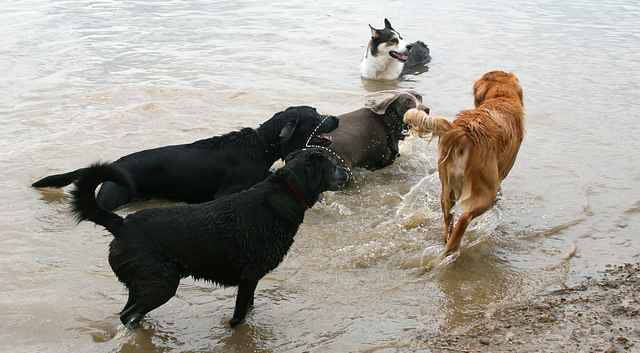
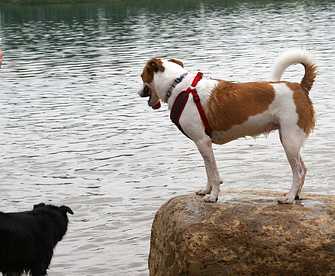 It’s a shame that the terms alpha and pack leader have become so closely tied to old-school, discipline and dominance-based training methods because the principles are still relevant and important. Some people may dislike the terms, but that doesn’t change the fact that someone has to lead, set the rules and keep the peace. In fact, the lack of leadership and structure is one reason some out-of-control dogs are surrendered to shelters by frustrated owners at their wits end. It’s also worth noting that every dog is different and some need more structure and guidance than others, but it should always be given via positive and humane methods built on trust and respect.
It’s a shame that the terms alpha and pack leader have become so closely tied to old-school, discipline and dominance-based training methods because the principles are still relevant and important. Some people may dislike the terms, but that doesn’t change the fact that someone has to lead, set the rules and keep the peace. In fact, the lack of leadership and structure is one reason some out-of-control dogs are surrendered to shelters by frustrated owners at their wits end. It’s also worth noting that every dog is different and some need more structure and guidance than others, but it should always be given via positive and humane methods built on trust and respect.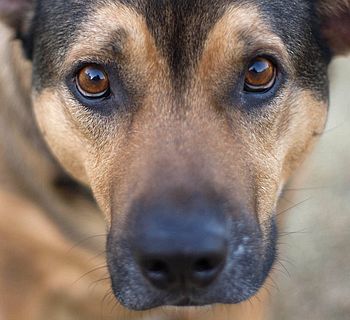
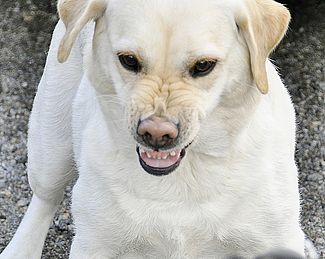
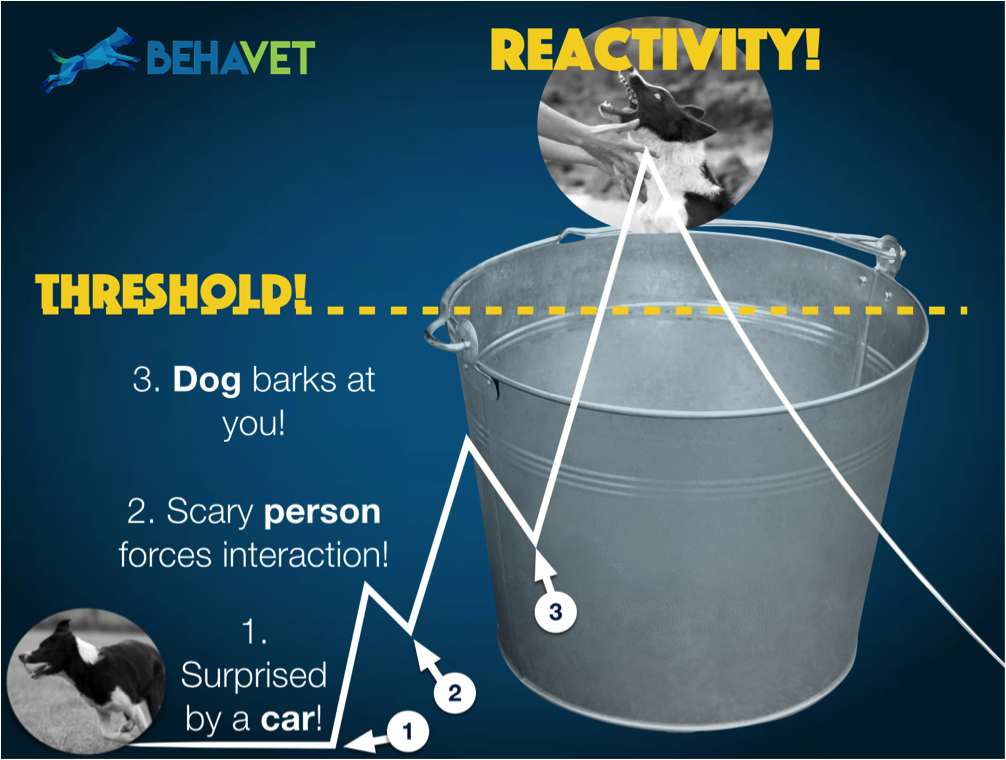
 games you can play in your living room.These games add in the fun, take off the pressure and teach key skills!
games you can play in your living room.These games add in the fun, take off the pressure and teach key skills!

